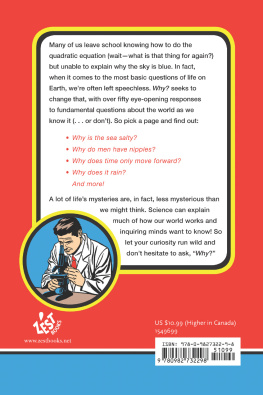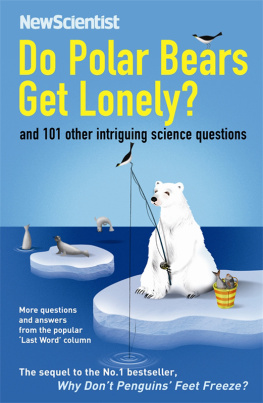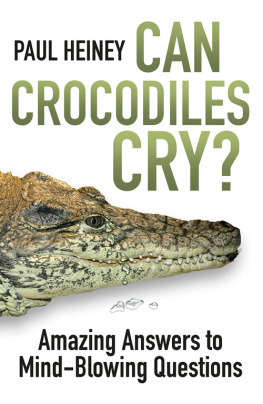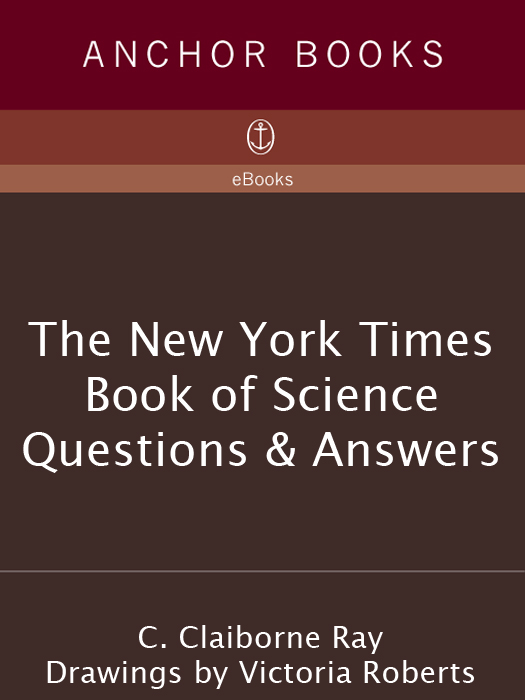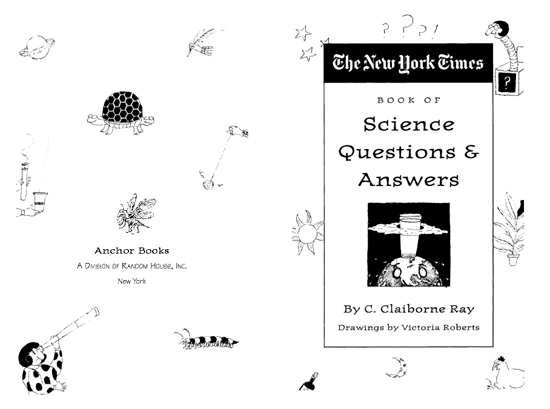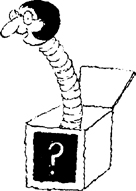C. Claiborne Ray - The New York Times Book of Science Questions & Answers: 200 of the best, most intriguing and just plain bizarre inquiries into everyday scientific mysteries
Here you can read online C. Claiborne Ray - The New York Times Book of Science Questions & Answers: 200 of the best, most intriguing and just plain bizarre inquiries into everyday scientific mysteries full text of the book (entire story) in english for free. Download pdf and epub, get meaning, cover and reviews about this ebook. year: 2012, publisher: Knopf Doubleday Publishing Group, genre: Children. Description of the work, (preface) as well as reviews are available. Best literature library LitArk.com created for fans of good reading and offers a wide selection of genres:
Romance novel
Science fiction
Adventure
Detective
Science
History
Home and family
Prose
Art
Politics
Computer
Non-fiction
Religion
Business
Children
Humor
Choose a favorite category and find really read worthwhile books. Enjoy immersion in the world of imagination, feel the emotions of the characters or learn something new for yourself, make an fascinating discovery.

- Book:The New York Times Book of Science Questions & Answers: 200 of the best, most intriguing and just plain bizarre inquiries into everyday scientific mysteries
- Author:
- Publisher:Knopf Doubleday Publishing Group
- Genre:
- Year:2012
- Rating:3 / 5
- Favourites:Add to favourites
- Your mark:
The New York Times Book of Science Questions & Answers: 200 of the best, most intriguing and just plain bizarre inquiries into everyday scientific mysteries: summary, description and annotation
We offer to read an annotation, description, summary or preface (depends on what the author of the book "The New York Times Book of Science Questions & Answers: 200 of the best, most intriguing and just plain bizarre inquiries into everyday scientific mysteries" wrote himself). If you haven't found the necessary information about the book — write in the comments, we will try to find it.
From wild animals to outdoor vegetation, from the human body to the heavens above, The New York Times Book of Science Questions and Answers takes readers on a thoroughly entertaining and informative journey through the world we live in. Like David Feldmans bestselling books Do Penguins Have Knees? and Why Do Clocks Run Clockwise?, this is science at its fun-filled best. Featuring answers from a wide variety of leaders across the country in scientific research and education, and illustrated by the delightful drawings of Victoria Roberts, The Times Q&A column is one of the best read features in the Science Times, which is one of the most popular sections of the newspaper. With a daily circulation of 1.2 million people, The New York Times is a leader in conveying scientific information to the general public.
This fact-filled handbook for the scientifically curious should prove invaluable as a family reference book, as a classroom resource, as an entertaining subway diversion, and even as a supplement to public libraries Frequently Asked Questions lists.
C. Claiborne Ray: author's other books
Who wrote The New York Times Book of Science Questions & Answers: 200 of the best, most intriguing and just plain bizarre inquiries into everyday scientific mysteries? Find out the surname, the name of the author of the book and a list of all author's works by series.


